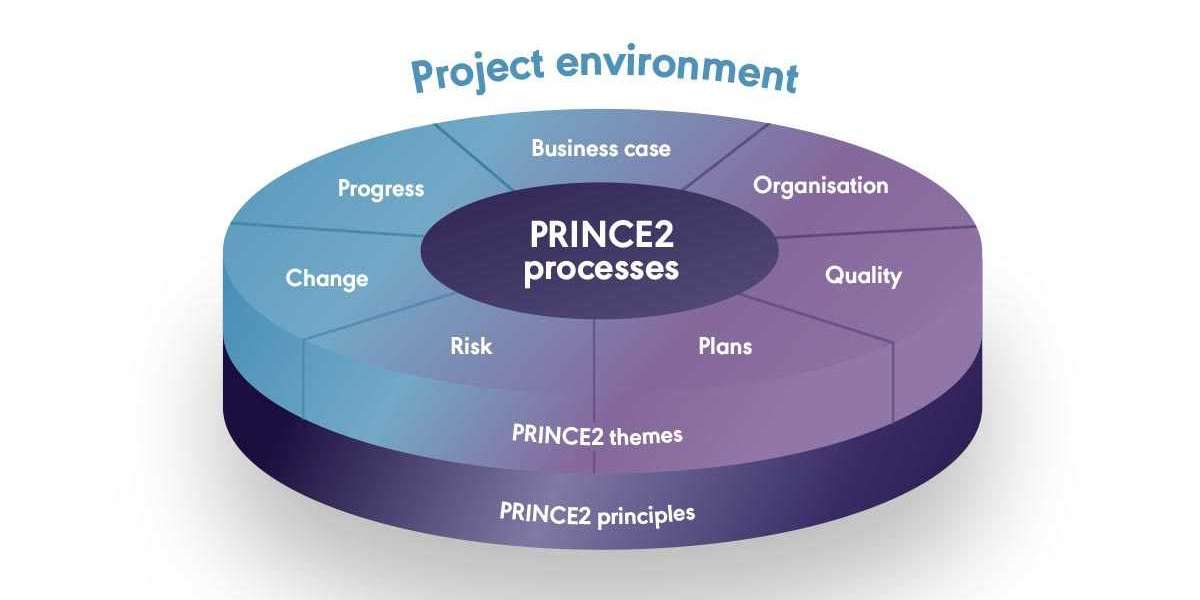A Stage Plan in PRINCE2 is the tactical blueprint for a single management stage. If the Project Plan sets the strategic north star, the Stage Plan is your step-by-step playbook: scope, products, resources, schedule, risks, controls, and tolerances—engineered for the next slice of delivery. It’s the plan the Project Manager uses day-to-day and the Project Board uses to authorize funding and assess viability at each stage boundary.
Why Stage Plans Matter (and when they’re used)
- Funding gates: Each Stage Plan underpins a Go/No-Go decision at the end of a stage (the “Stage Boundary” process).
- Control focus: Smaller, high-fidelity plans reduce risk, enable exception-based management, and keep reporting clean.
- Tailoring lever: You can right-size detail based on complexity, risk, and supplier landscape.
- Benefits protection: Frequent checkpoints ensure the evolving Business Case still stacks up.
PRINCE2 Planning Stack (Where Stage Plans Fit)
- Project Plan – strategic, end-to-end view of the whole project.
- Stage Plan – tactical, detailed plan for the next management stage.
- Team Plan(s) – optional, supplier/technical team-level detail for work packages.
Core Contents of a Stage Plan
A robust Stage Plan typically includes:
- Stage Definition
- Objectives, scope boundaries, assumptions, dependencies, constraints.
- Product Breakdown
- Product Breakdown Structure (PBS), Product Descriptions, and a Product Flow Diagram.
- Schedule
- Activities, estimates, sequencing, critical path, milestones, and delivery dates.
- Resources Costs
- People, tools, environments, materials, and a time-phased cost profile.
- Quality Management
- Quality criteria, quality methods, quality responsibilities, acceptance approach.
- Risk Issues Approach
- Risk register snapshot for the stage, responses, fallbacks, and issue handling routes.
- Change Control
- Configuration items, baselines, change authorities, thresholds and impact rules.
- Controls Reporting
- Tolerances (time/cost/scope/quality/benefit/risk), frequency of Highlight Reports, checkpoint rhythms, and escalation paths.
- Interfaces Communications
- Stakeholder comms plan, supplier interfaces, governance forums.
- Tailoring Notes
- What has been scaled up/down (templates, ceremony cadence, documentation depth).
Tip: Keep the Stage Plan self-contained—someone new should be able to execute the stage by reading it.
Quick Checklist (Stage Plan Readiness)
- Objectives and scope are unambiguous
- Products defined with quality criteria
- Dependencies mapped; critical path identified
- Resources and costs secured and profiled
- Tolerances agreed; reporting cadence set
- Risks owned with active responses
- Change thresholds and authorities documented
- Plan baselined and configuration-controlled







